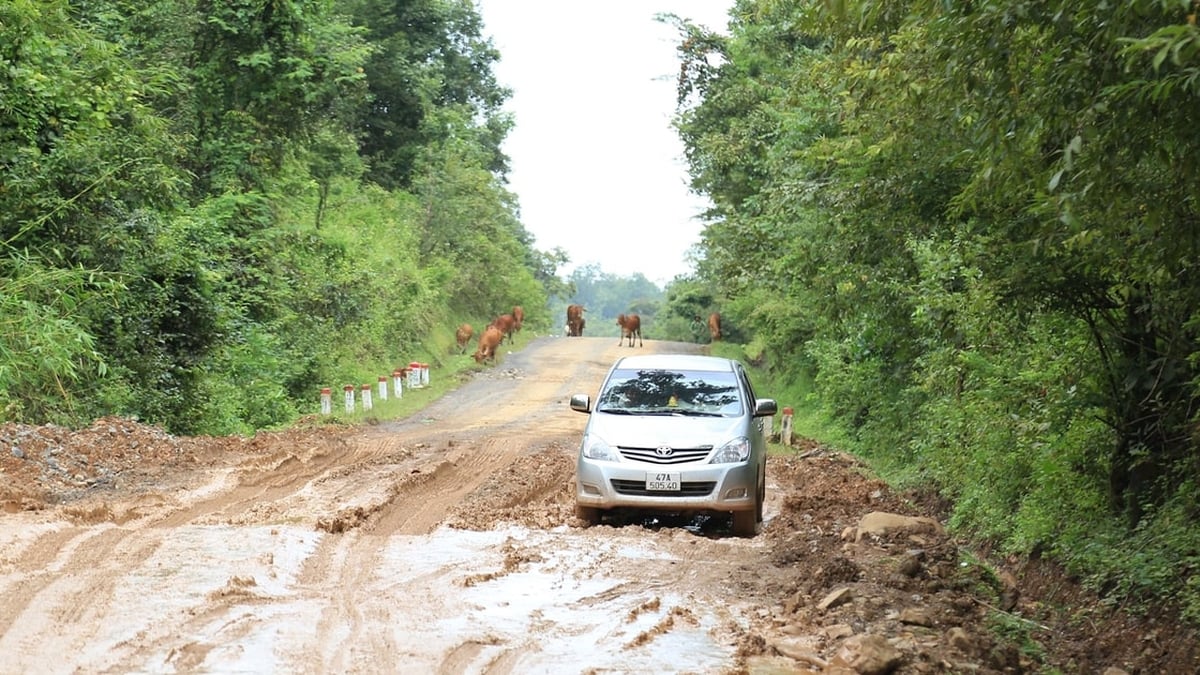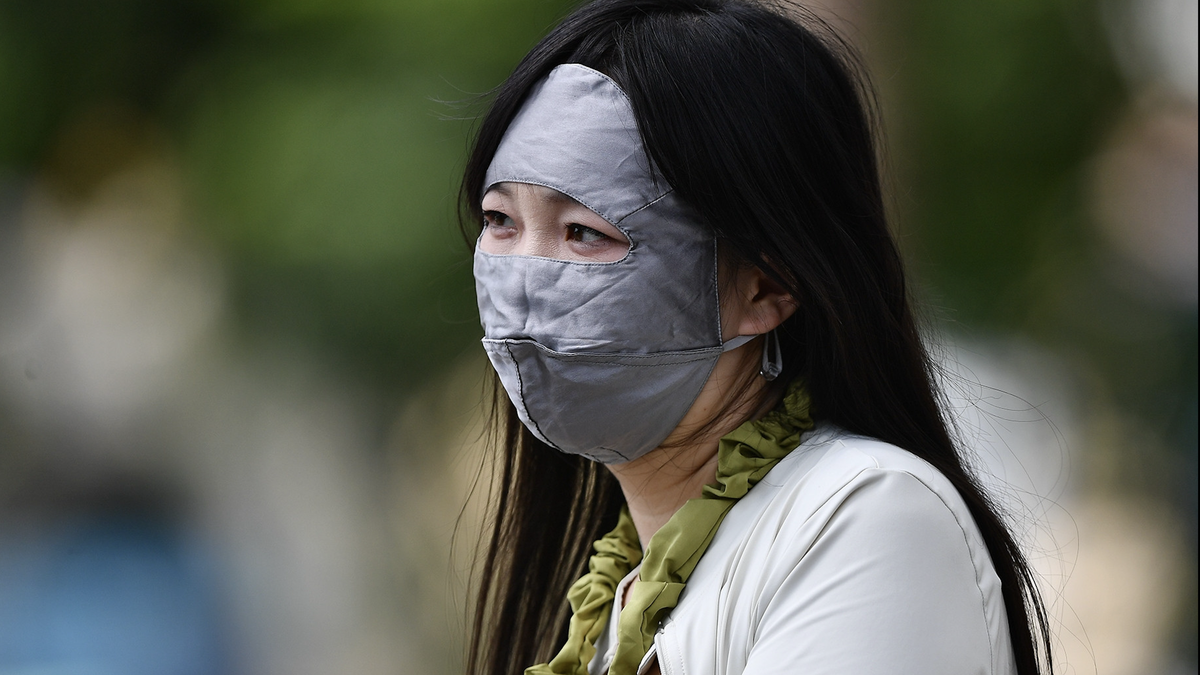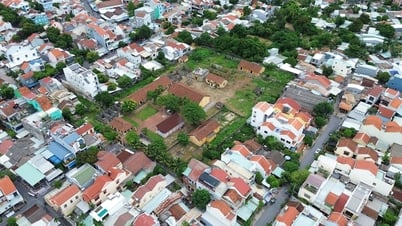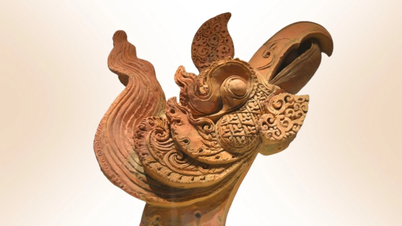Breast abscess is a painful inflammation and accumulation of pus in the breast caused by bacteria. The most common are streptococcus and some other bacteria such as pneumococcus, anaerobic bacteria... About 10 - 33% of breast abscess cases occur in women after pregnancy and breastfeeding, especially women giving birth for the first time due to lack of experience in breastfeeding properly, not knowing how to clean the nipples leading to stagnant milk causing inflammation and abscess. In addition, women who are overweight, have large breasts or do not practice good personal hygiene are also at risk of this problem. More rarely, abscesses can be a sign of breast cancer.
Breast abscesses not only cause pain, affecting the health and quality of life of postpartum mothers, but also affect the quality of breast milk. Many severe cases of breast abscesses pose a risk of systemic infection, kidney failure, necrosis or breast cancer if not treated promptly and properly.
 |
| For breastfeeding mothers, it is necessary to regularly and gently massage the breasts to clear the milk ducts and breastfeed the baby soon after birth, breastfeed frequently and in the correct position. Photo: Bao Trong |
The Department of Obstetrics (Central Highlands General Hospital) receives an average of 20-30 postpartum and breastfeeding women every day, of which about 10% have mastitis and breast abscess.
Doctor Tran Ngoc Thang, Deputy Head of the Department of Obstetrics and Gynecology (Tay Nguyen General Hospital) said that one of the most common causes of mastitis is that mothers breastfeed their babies incorrectly, causing ineffective regulation of breast milk.
The habit of using formula milk, not letting the baby empty the breast after each milk flow, not pumping milk after the baby is full, or the baby latching on incorrectly, sucking poorly, or not sucking hard enough... over time can cause engorgement, blocked milk ducts, and complications like breast abscess.
In addition, the risk of breast abscess will increase in cases such as: when the mother's nipples have scratches, the mother wears a bra that is too tight or often carries the baby in front of the chest causing pressure on the breasts; the mother is stressed, has prolonged stress or postpartum depression; does not clean the breasts and nipples properly; the mother gives birth for the first time, gives birth after the 41st week of pregnancy, the mother is over 30 years old and has mastitis.
Common symptoms of breast abscess are high fever, dizziness, headache, insomnia, fatigue; pain deep inside the mammary gland; pain when moving the shoulder or arm, pain when breastfeeding; notice that the nipple is inflamed and larger, hard to the touch, the lymph nodes in the armpit are larger and painful. If the inflammation is deep in the mammary gland, the skin of the breast is normal. However, if the inflammation is on the surface of the gland or just under the skin, the skin of the breast is red, hot and swollen. In case the abscess communicates with the milk ducts, milk mixed with pus will flow out of the nipple. If this stage is not intervened promptly and handled properly, it can cause many dangerous complications such as: sepsis, kidney failure or limb necrosis...
Dr. Tran Ngoc Thang recommends that to prevent breast abscess, mothers need to maintain a healthy lifestyle (rest, drink plenty of water and eat nutritious foods...); maintain personal hygiene. Breastfeeding mothers need to regularly and gently massage their breasts to keep the milk ducts clear and breastfeed their babies soon after birth, breastfeed frequently and in the correct position. Clean the nipples properly and thoroughly before and after breastfeeding. Let the baby finish breastfeeding and alternate between the two breasts, and express all the milk after feeding. If there is a blocked milk duct, it is necessary to treat it immediately to avoid blocked milk ducts leading to breast abscess. Avoid cracking or scratching the nipples, which creates conditions for bacteria to enter and cause mastitis, which is a risk factor for breast abscess. Do not wean early; when weaning, gradually reduce the number and frequency of feedings.
Source: https://baodaklak.vn/y-te-suc-khoe/202506/can-phat-hien-va-dieu-tri-som-benh-ap-xe-tuyen-vu-e8602bb/





































































































Comment (0)